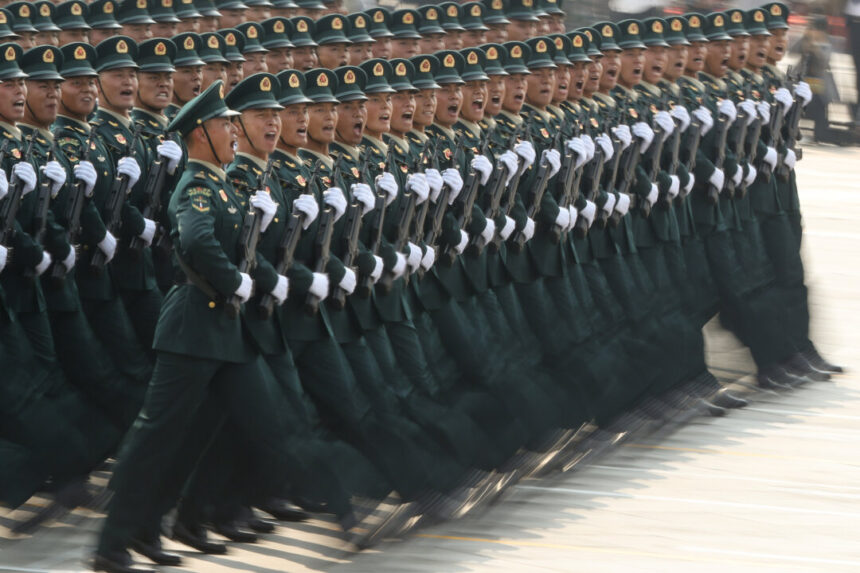Commentary
The Chinese military struggles to effectively fight, let alone win, a war against the United States. Various factors such as lack of combat experience, a history of retreats, subpar equipment, technology gaps, reliance on foreign technology, recruitment challenges, and the inability to engage in distant conflicts contribute to this perception. Despite being ranked as the world’s third most powerful military, these shortcomings suggest that China’s military strength may be overestimated and lacks practical capabilities.
In 1979, China’s invasion of Vietnam to retaliate for Cambodia’s invasion turned into a costly and embarrassing endeavor, exposing deficiencies in military tactics, logistics, and overall combat readiness despite having superior numbers. This conflict marked the PLA’s last full-scale military engagement.
Recent clashes between Chinese and Indian troops along the Himalayan border, notably during the 2020 Galwan Valley clash, revealed Chinese vulnerabilities through intense hand-to-hand combat. Reports suggesting higher Chinese casualties than India raise doubts about China’s military training and preparedness.
Quality issues with Chinese-made equipment, such as misfiring missiles and faulty aircraft, cast doubts on the reliability of Chinese weapons. Chinese military technology is often deemed inferior to Western counterparts, with a reliance on foreign technology, particularly from Russia, indicating limitations in China’s own technological capabilities.
Despite advancements, the PLA still lags behind the U.S. military in key areas like stealth technology, avionics, cyber warfare, and advanced missile systems. China’s hardware remains untested in combat, making it challenging to assess its real-world performance. Recruitment issues also plague the PLA, with reports highlighting problems in personnel quality, training, and morale.
Xi Jinping’s ambition to create a global blue-water navy faces challenges in projecting power beyond Taiwan and the South China Sea due to limited global operational capabilities. Weak logistics, supply chains, overseas bases, and centralized command systems hinder China’s global military reach compared to the United States.
China’s alliances lack the strength and reliability of U.S. partnerships, with negative perceptions of Chinese actions impacting its soft power. Limited official allies and ongoing border disputes further constrain China’s international standing. Increased military exercises in Asia have not fully addressed gaps in PLA capabilities observed by the U.S.
The debate over whether China is a paper tiger continues, as Xi Jinping prioritizes PLA modernization and expansion. However, challenges ranging from inexperience to limitations in waging wars in distant theaters detract from China’s military ambitions. The success of China’s military endeavors depends heavily on sustained economic growth.
An imminent aging crisis and economic vulnerabilities, such as high debt levels, reliance on exports, and the threat of economic sanctions, could potentially hinder its ability to sustain military progress. The United States currently holds a leading position but must remain alert and continue investing in military research and development to uphold its superiority. The opinions presented in this article are solely those of the author and may not align with the perspectives of The Epoch Times.
Source link





